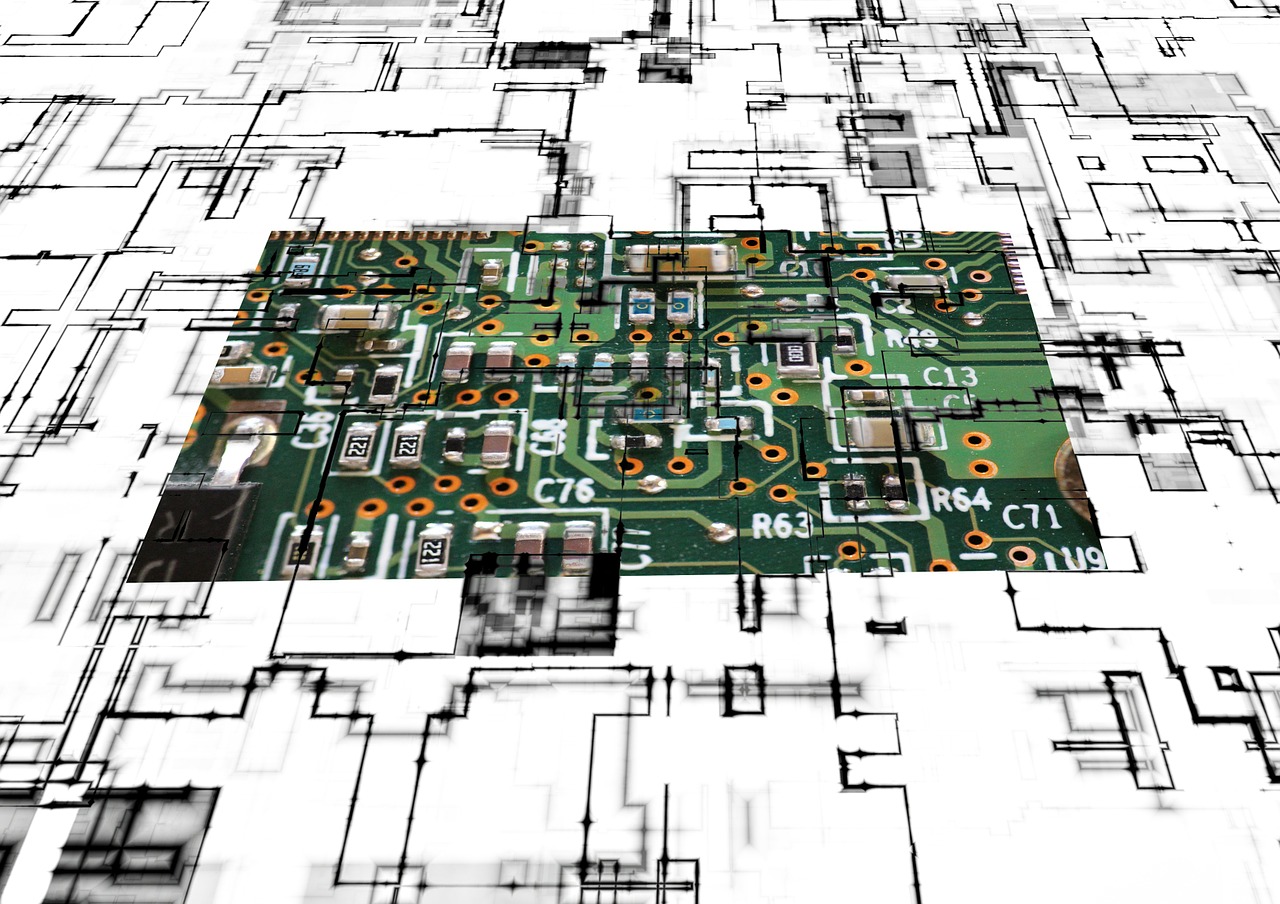 NEWS
NEWS
 NEWS
NEWS
 NEWS
NEWS
The semiconductor industry is no longer able to keep up with “Moore’s Law” and the theory will be laid to rest, experts say.
Moore’s Law was first theorized by the legendary co-founder of Intel Corp., Gordon E Moore, way back in 1965. Moore stated at the time that the processing power of semiconductors and microchips would double in capacity each year, and until now companies like Intel have managed to do that, at the same time ushering in a new era of computing power.
Moore’s Law was revised in the 1970s with semiconductor chip’s power doubling every two years instead of one, and that remained unchanged for decades.
However, a lengthy article in Nature spills the beans on a reality that the semiconductor industry has known about for some time – modern chips are already so minute that it’s almost impossible to keep cramming more components inside and doubling their capacity every two years.
As Nature points out, the most advanced silicon currently on the market measures just 14 nanometers across. But if the industry keeps pace with Moore’s Law, that would mean companies like Intel are making chips of just two to three nanometers across, and that’ s just too small. What with the heat they generate, most experts believe chips of that size would be totally unreliable save for new advances in cooling technology.
As such, the industry is expected to release a new development road map next month which will no longer be based on Moore’s Law.
Instead, the semiconductor will follow a new strategy it’s calling a “More than Moore”. This calls for semiconductor makers to shift away from trying to build ever-faster, one-size fits all, chips and instead develop a variety of chips that will be customized for a range of different applications.
No doubt many in the industry will mourn the passing of Moore’s Law, but others see it as more of an opportunity for semiconductor makers to innovate elsewhere.
“Think about what happened to aeroplanes,” said computer scientist Daniel Reed. “A Boeing 787 doesn’t go any faster than a 707 did in the 1950s — but they are very different airplanes.”
Reed is of course referring to the more advanced features that are standard in modern planes, such as new navigation and guidance systems, and more comfort for passengers.
“Innovation will absolutely continue, but it will be more nuanced and complicated,” Reed said.
THANK YOU